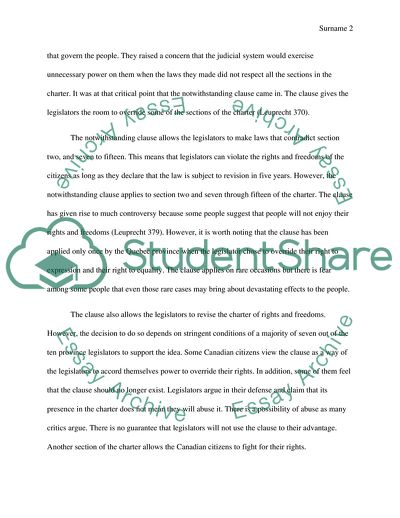Cite this document
(Political Assignment Example | Topics and Well Written Essays - 1750 words, n.d.)
Political Assignment Example | Topics and Well Written Essays - 1750 words. https://studentshare.org/history/1767369-political
Political Assignment Example | Topics and Well Written Essays - 1750 words. https://studentshare.org/history/1767369-political
(Political Assignment Example | Topics and Well Written Essays - 1750 Words)
Political Assignment Example | Topics and Well Written Essays - 1750 Words. https://studentshare.org/history/1767369-political.
Political Assignment Example | Topics and Well Written Essays - 1750 Words. https://studentshare.org/history/1767369-political.
“Political Assignment Example | Topics and Well Written Essays - 1750 Words”. https://studentshare.org/history/1767369-political.


